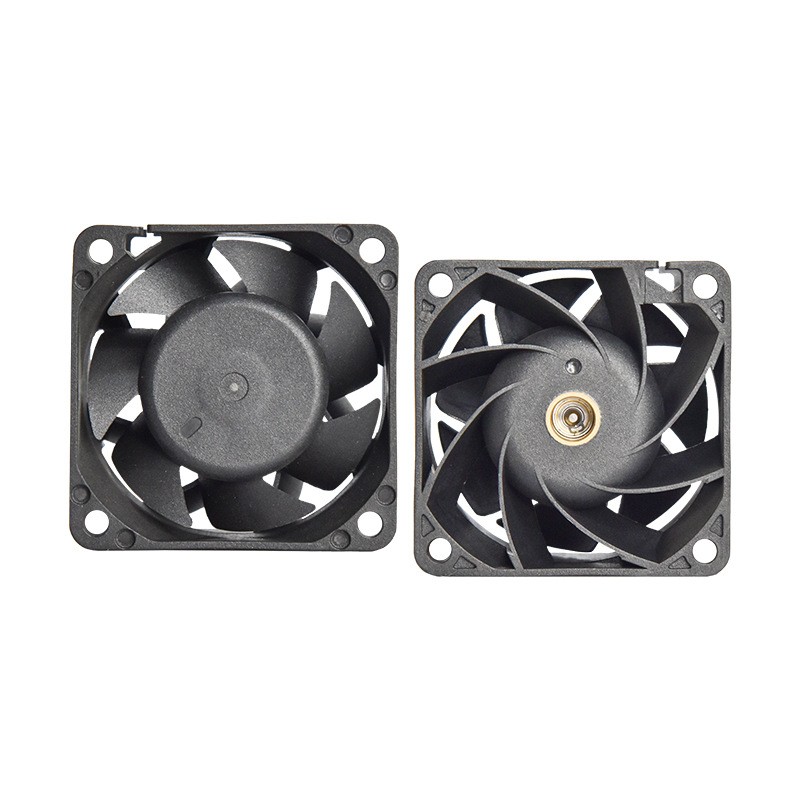Choosing the right fan is very important to ensure the proper operation of your computer's CPU. And how do you choose the right fan for different CPU models? Here are some key steps and suggestions:
1. Determine the CPU model and slot type. First of all, make sure you know which CPU model you are using. To check the CPU model, you can refer to the method mentioned at the beginning of this article: Right-click on the computer icon on the desktop, go to the Properties window, click on the Device Manager option, click on the Processor option, and check the number of cores in the drop-down list. In addition, you need to know the type of CPU slot, which will help you choose the right fan.
2. Determine the size of the fan. The size of the fan refers to the area of the heatsink and fan that it can cover. Generally, larger fans provide better heat dissipation. You can check the specification sheet of your CPU cooler to determine the duct size and fan size.
3. Determine the fan speed and ventilation. Not all fans are created equal, and different fan speeds and ventilation levels offer different performance. Typically, higher speed fans provide better heat dissipation. However, if you are using your computer in a noise-sensitive environment, then a low-speed, low-noise fan may be more appropriate.

4. Determine the noise level of the fan. The noise level of the fan is the amount of noise that the fan produces when it is in operation. If you are using your computer in a noise-sensitive environment, then a low-noise fan may be more appropriate.
5. Determine the brand and quality of the fan. Choosing a well-known brand and a high-quality fan will ensure that the fan will last long and provide better cooling.
6. Determine the compatibility of the fan. Make sure the fan you choose is compatible with your CPU and cooler. If you are not sure, check the specification sheet of your CPU cooler or consult the manufacturer. 7.
7. Consider a water-cooled cooler. If your CPU requires greater cooling, a water-cooled cooler may be a better option. Water-cooled coolers provide better heat dissipation and can run at lower temperatures. However, water-cooled radiators require more maintenance and cleaning and are relatively expensive.
In conclusion, choosing the right fan requires consideration of several factors, including CPU model, slot type, fan size, speed, ventilation, noise level, brand and quality, compatibility, and cooling method. When choosing a fan, be sure to carefully consider your needs and budget and select the fan that best suits your needs.